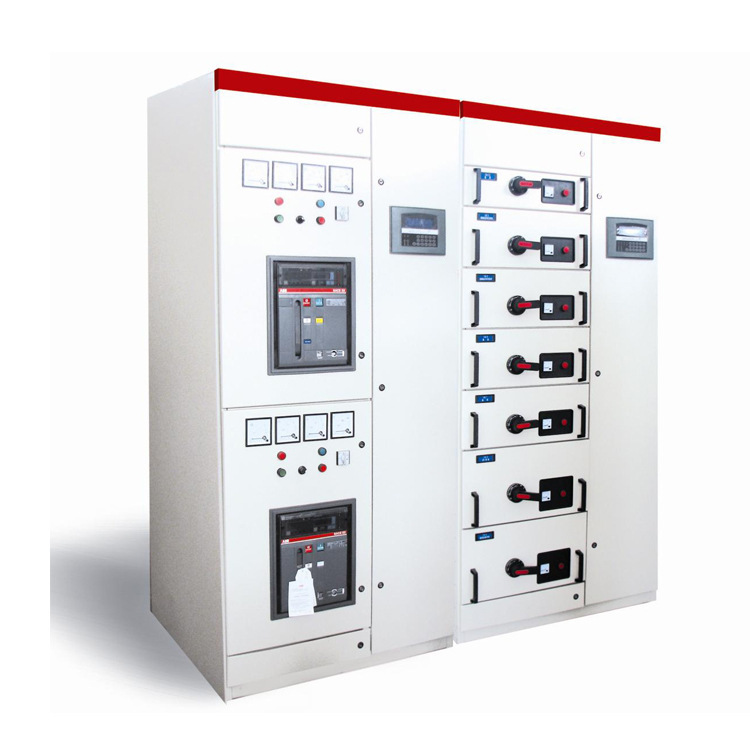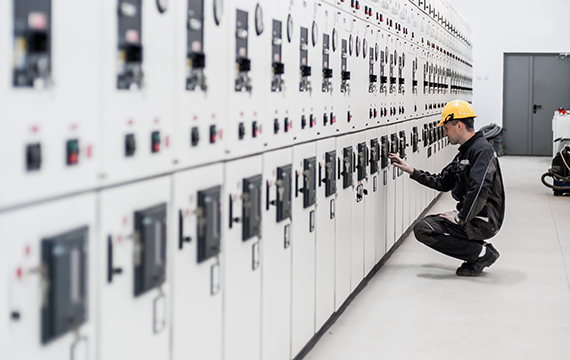Different Types of Switchgear
Understanding the different types of switchgear is crucial for anyone involved in electrical power systems, from engineers and technicians to facility managers. This guide will break down the various classifications of switchgear, helping you make informed decisions for your specific needs.
Switchgear Types by Voltage Level
Low Voltage Switchgear (LV)
Low Voltage (LV) Switchgear operates at voltages up to 1 kV. It’s commonly found in residential, commercial, and light industrial applications, providing protection for lighting, motors, and other electrical loads. This type of switchgear often includes molded case circuit breakers (MCCBs) and air circuit breakers (ACBs).
Medium Voltage Switchgear (MV)
Medium Voltage (MV) Switchgear handles voltages ranging from 1 kV to 36 kV. You’ll find MV switchgear in larger industrial facilities, power substations, and distribution networks. It’s vital for connecting transformers, feeders, and larger motors, offering enhanced protection and control for more significant power demands.
High Voltage Switchgear (HV)
High Voltage (HV) Switchgear is designed for voltages above 36 kV, typically used in power transmission and generation substations. This category includes robust equipment like SF6 circuit breakers and vacuum circuit breakers, which are crucial for managing the immense power flows in national grids and large-scale industrial complexes.
Switchgear Types by Insulation Medium
Air Insulated Switchgear (AIS)
Air Insulated Switchgear (AIS) uses air as the primary insulating medium. It’s a traditional and widely used type, known for its simpler construction and ease of maintenance. AIS units are often larger due to the space required for air insulation but are generally more cost-effective.
Gas Insulated Switchgear (GIS)
Gas Insulated Switchgear (GIS) utilizes an inert gas, typically Sulfur Hexafluoride (SF6), for insulation. SF6 has excellent dielectric properties, allowing GIS units to be significantly more compact than AIS, making them ideal for urban areas or locations with limited space. While more expensive upfront, GIS offers high reliability and minimal maintenance.
Vacuum Insulated Switchgear (VIS)
Vacuum Insulated Switchgear (VIS) employs a vacuum as the insulating and arc-quenching medium within its interrupters. Vacuum technology offers superb arc extinction properties, making VIS a highly efficient and environmentally friendly choice. It’s increasingly popular for MV applications due to its compact size, long life, and low maintenance requirements.
Oil Insulated Switchgear (OIS)
Oil Insulated Switchgear (OIS) uses insulating oil to quench arcs and insulate live parts. While historically common, particularly in older installations, oil-filled switchgear has largely been replaced by newer technologies like vacuum and SF6 due to environmental concerns and potential fire hazards.
Solid Insulated Switchgear (SIS)
Solid Insulated Switchgear (SIS) uses solid dielectric materials like epoxy resin for insulation. This innovative design offers extreme compactness, high reliability, and a completely sealed, maintenance-free system, making it an excellent choice for challenging environmental conditions.
Switchgear Types by Construction
Metal-Clad Switchgear
Metal-Clad Switchgear is characterized by its robust construction where major components like circuit breakers, busbars, and instrument transformers are housed in separate, grounded metal compartments. This design provides enhanced safety for personnel and allows for easy maintenance and replacement of components. It’s a premium choice for critical applications.
Metal-Enclosed Switchgear
Similar to metal-clad, Metal-Enclosed Switchgear also houses components within a metal enclosure. However, it may not have the same level of compartmentalization as metal-clad, meaning some components might not be in separate grounded sections. It offers good protection and is a cost-effective alternative to metal-clad for many applications.
Ring Main Unit (RMU) Switchgear
Ring Main Unit (RMU) Switchgear is compact, factory-assembled, and typically used in distribution networks to provide a reliable and flexible power supply. RMUs are crucial for creating ring networks, which enhance power reliability by allowing power to be supplied from multiple directions, minimizing outages.
Pad-Mounted Switchgear
Pad-Mounted Switchgear is designed for outdoor installation, often placed on a concrete pad. These units are fully enclosed and tamper-resistant, making them a safe and aesthetically pleasing solution for underground distribution systems in residential and commercial areas.
Arc-Resistant Switchgear
Arc-Resistant Switchgear is specifically designed to contain and redirect the energy released during an internal electrical arc fault away from personnel. This crucial safety feature protects operators and maintenance staff in the event of an internal arc, significantly reducing the risk of injury.
Switchgear Types by Location
Outdoor Switchgear
Outdoor Switchgear is built to withstand environmental elements like rain, sun, wind, and temperature fluctuations. It’s typically used in substations, industrial plants, and utility distribution networks where indoor space is limited or impractical.
Indoor Switchgear
Indoor Switchgear is designed for installation within buildings or enclosed structures. It’s protected from the elements, allowing for a more controlled environment and often leading to a longer lifespan for the equipment.
Conclusion
Choosing the right switchgear for your project requires a deep understanding of these classifications and their respective advantages. For high-quality, reliable switchgear for sale and expert advice on solution, explore options from reputable switchgear manufacturers and suppliers. Companies like BYYOU offer a wide range of electrical switchgear solutions to meet diverse industrial and utility needs.








